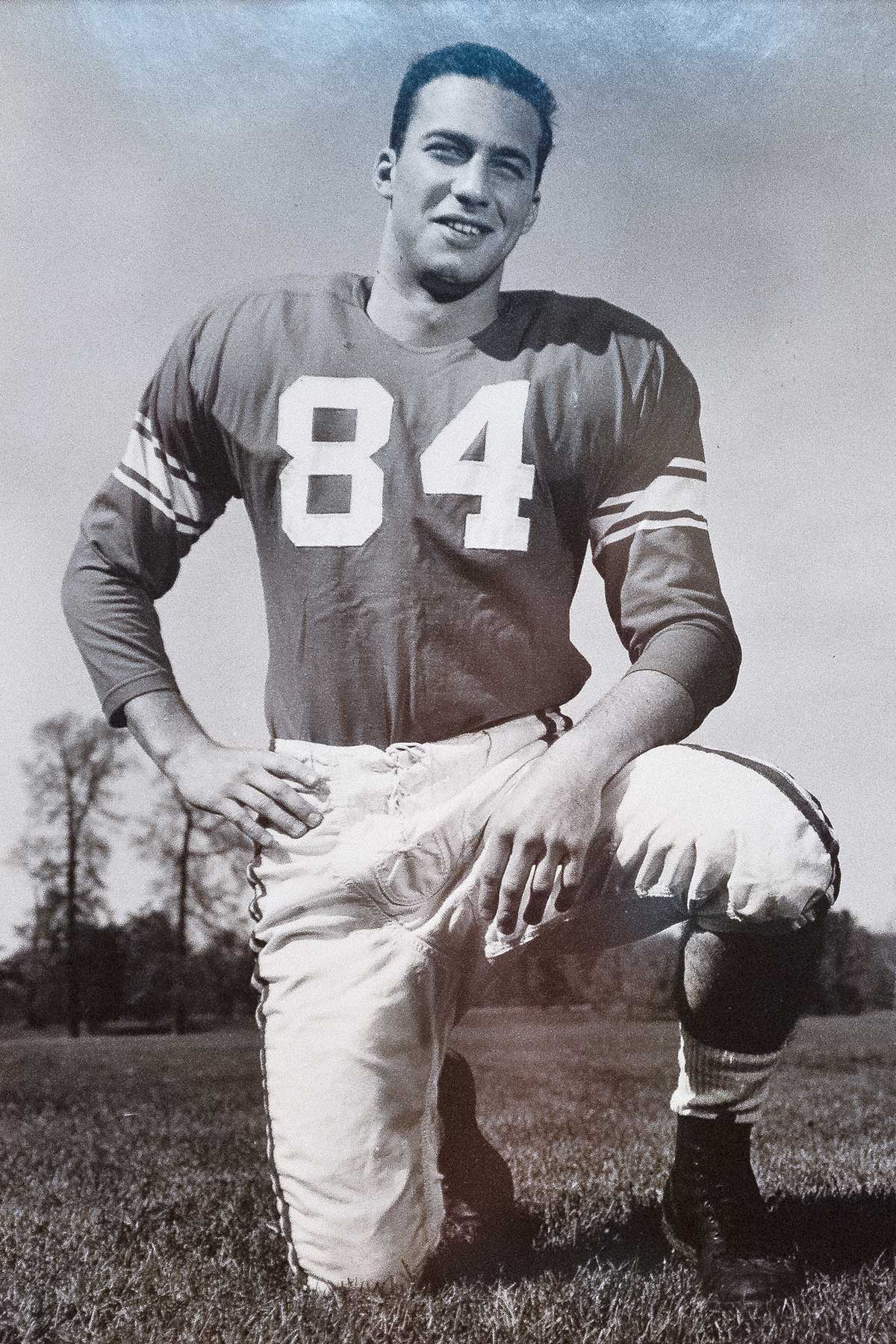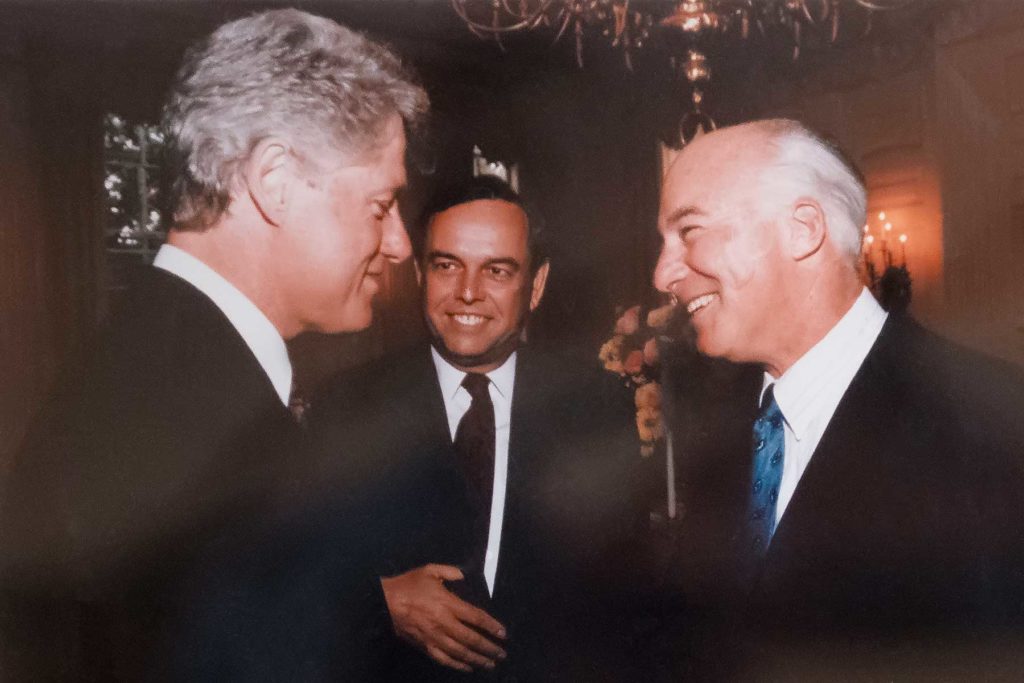Bio
Mike Armstrong’s life began in 1938 in a middle-class neighborhood in Detroit, Michigan. Raised during World War II, he learned the value and importance of hard work and sacrifice early on. At the age of 11, he mowed lawns in his neighborhood, and at 15, he obtained a special permit to drive a truck for a local landscaping company.

With the help of a football scholarship, he was able to attend college at Miami University. However, a serious injury forced him out of the game and out of school. Undeterred, he worked at a flour mill loading boxcars until he could afford to return to college and finish his degree.
After graduating from Miami University in 1961 with a bachelors in business administration, Mike took an entry level job at IBM. Over the following decades, he rose through the ranks to eventually serve as the chief executive for all IBM’s operations in Europe, Africa, and the Soviet Union.
In this role as the European representative of IBM, Mike served as an advisor to the early architects of the European Union. He also helped introduce the first personal computers to schools in Russia.
After leaving IBM and taking the job as CEO of Hughes Electronics in the early 1990s, Mike learned he had a rare form of late-stage leukemia. In those days, treatment options were limited, and the chances of Mike surviving his cancer were slim. Luckily he was referred to a National Cancer Institute-designated cancer center where they enrolled him in a clinical trial of a new experimental drug that eliminated his cancer. Unfortunately, the treatments also nearly wiped out his blood counts and he developed sepsis, which put him in the intensive care unit once again fighting for his life. Luckily he survived that as well, all while also managing his first months as CEO of Hughes.
After the Cold War ended, the need for surveillance satellites (Hughes’ core product) waned. The company faced the prospect of having to lay off a large percentage of its employees. Mike and his team managed to avoid this tragedy by recasting Hughes as the nation’s first satellite TV provider, Comcast. Years later, when AT&T acquired Comcast, Mike was asked to be its CEO and then also served as CEO of AT&T.
At the peak of his corporate career, Mike served on several councils under President Bill Clinton. He was the chairman of the President’s Export Council, the U.S.-Japan Business Council, and the FCC’s Network Reliability and Interoperability Council. Furthermore, he was a member of the U.S. Business Council, the Business Roundtable, and chairman of Homeland Security. In addition, Mike was part of the National Security Telecommunications Advisory Committee, the Defense Policy Advisory Committee, the Council on Foreign Relations, as well as the Conference Board. Mike also served as Director of Citicorp and Chairman of the Board at Johns Hopkins University.

Believing cancer was a part of his past, Mike enjoyed 10 disease-free years until his doctor told him he had late-stage prostate cancer and likely would only survive another five years As if this was not enough bad news, he was also diagnosed with Parsonage-Turner Syndrome (PTS). This rare disease attacked the nerves that run his diaphragm – effectively reducing his ability to breath to 20 percent. Thanks to great medical treatment and Mike’s determination to survive, he fully recovered from PTS and also beat cancer a second time.
Fighting for his life twice in a span of a decade categorically changed Mike and his wife Anne’s outlook and purpose. As a result, they decided to dedicate their time and the bulk of their to helping others who are facing hardships, and do what they can to make the world a little better.
Mike’s long colorful life and his battles with cancer prompted him to chronicle his experiences in the book Cancer with Hope. His goal was not only to tell his story, but to provide hope and help to others who are suffering from cancer. The book contains a plethora of vetted advice on how to manage the disease, as well as numerous stories and advice from other cancer patients who learned how to cope this terrible diagnosis.